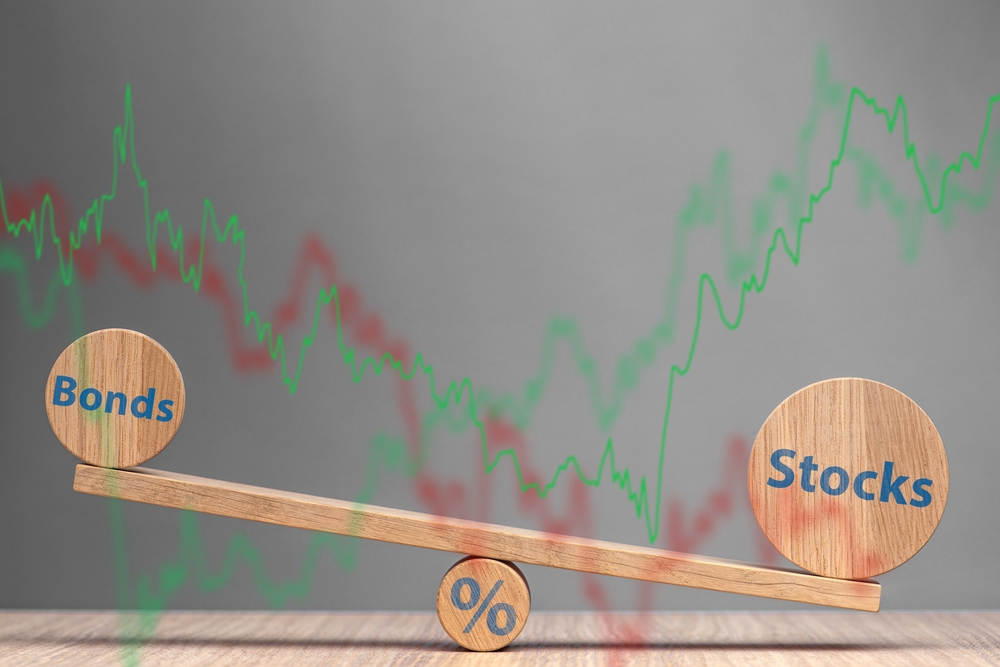
Compound interest is one of the most powerful tools in investing. It is a process where the interest or profits generated by an investment begin to generate further gains themselves, creating an effect that grows exponentially over time. For a long-term investor, time is the greatest ally. The earlier one starts, the greater the potential for growth. Understanding this mechanism is therefore key to building a solid foundation for your financial future.
What is Compound Interest
Compound interest is the process where not only the original capital but also the interest or profits from an investment are reinvested, enabling "interest on interest" to work. Unlike simple interest, where interest is calculated only on the original amount, with compound interest your returns become part of the capital that generates further gains. Imagine it like a snowball: the longer you let it roll, the faster it grows.
How Compound Interest Works
The mechanism of compound interest lies in the principle of "interest on interest." Each year, gains are added to the original capital, and in the following period, they generate additional returns, creating a chain reaction effect. At first, growth is slower, but over time the curve rises sharply. This is why time is one of the most important factors for success. Regular contributions further amplify the effect of compound interest. Even small, regular deposits can eventually build a significantly larger capital than a one-time investment because each amount begins to work in your favor, increasing overall growth potential (more about the advantages and risks of gradual investing can be found in our previous article).
Practical Examples
The power of compound interest is best illustrated with real-life examples. Historical data shows that long-term investing in diversified portfolios, such as index funds or ETFs, delivers steady growth even with modest annual returns. For example, an investment of €10,000 at an annual return of 6% can nearly quadruple over 30 years, and at a higher rate of 8%, the result can be even more significant. Comparing different interest rates and time horizons clearly shows that the combination of time and returns is decisive. A common mistake investors make is delaying investing or withdrawing profits prematurely. Such decisions interrupt the compound interest mechanism and can significantly reduce the final return.
Strategies to Harness Compound Interest
Successfully leveraging this mechanism requires a clear strategy based on long-term investing. Short-term speculation may bring quick gains but is often unpredictable and risky. In contrast, a long-term approach allows investors to fully benefit from the exponential effect of interest on interest. Investors often choose products such as ETFs, index funds, or dividend stocks, which offer diversification, stability, and regular returns (more tips on choosing the right investment tools can be found in our previous article). An integral part of the strategy is regular investing. Systematic contributions, even if small, give compound interest time to grow and create a solid foundation for wealth building.
Investor Psychology
Success in investing depends not only on strategy and numbers but also on psychology. Patience and discipline are essential, as compound interest is most effective with long-term investing. Emotions such as fear and greed can lead to premature decisions that reduce growth potential. The key is to stick to your investment plan and overcome these impulses. Compound interest also relates to the concept of the "power of habit," as regularity and discipline in investing build a strong habit that gradually increases capital and rewards the patient investor.
Summary
Compound interest is more than a financial concept — it is a strategic tool that can profoundly change your financial future. From this article’s main message, three key principles emerge: time is your greatest ally, patience is essential, and regular investing is the key to success. The sooner you start, the more opportunity you give compound interest to work in your favor, even with relatively small deposits. So don’t hesitate — start investing today. Use available online compound interest tools and calculators to visualize investment growth and plan your financial future with greater confidence.
For more investment trends and useful tips, check out our previous articles on the AxilAcademy website.

He has been trading in the capital markets since 2002, when he started as a commodity Futures trader. Gradually he shifted his focus to equity markets, where he worked for many years with securities traders in Slovakia and the Czech Republic. He also has trading experience in markets focused on leveraged products such as Forex and CFDs, and his current new challenge is cryptocurrency trading.


